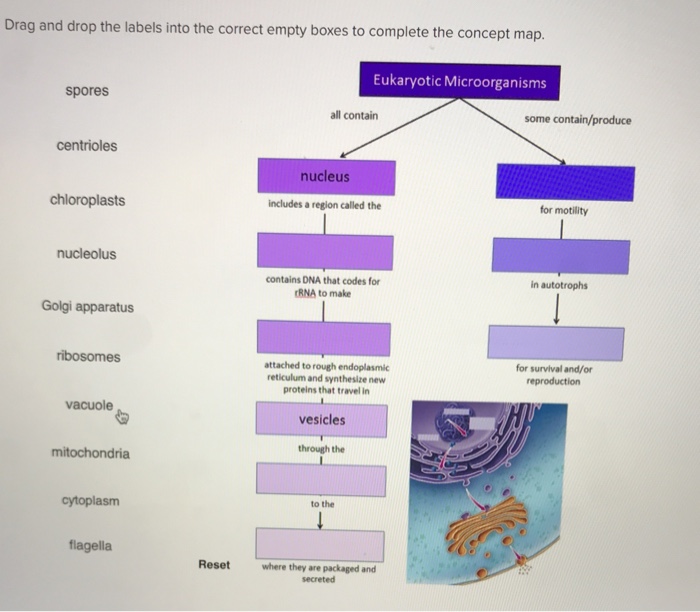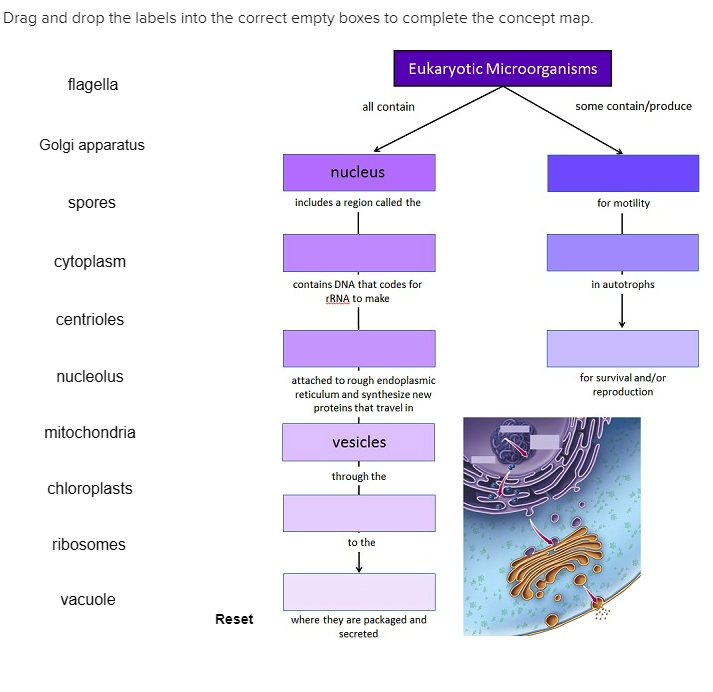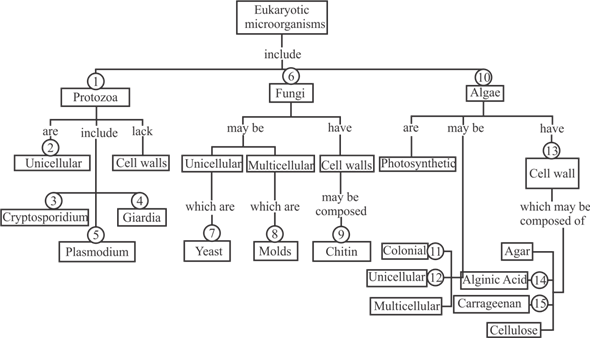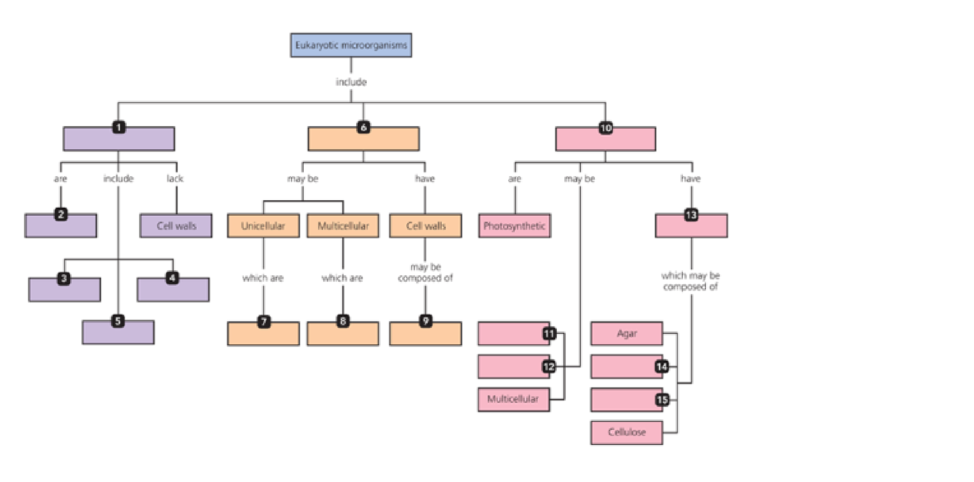Eukaryotic Microorganisms Concept Map – Set Probiotic Bacteria Bulgaricus, Lactobacillus, Propionbacterium. Lactococcus, Streptococcus Thermofillus, Lactobacillus Acidophilus, Escherichia Coli, Bifidobacterium. Cartoon Vector Illustration . Bacteria are tiny, simple cells with no nucleus. Eukaryotes, by contrast, keep their DNA in a nucleus and have specialized “organelles,” such as mitochondria and ribosomes, each of which performs .
Eukaryotic Microorganisms Concept Map
Source : www.chegg.com
Chapter 4 Flashcards | Quizlet
Source : quizlet.com
Solved Drag and drop the labels into the correct empty boxes
Source : www.chegg.com
microbiology chapter 4/5 practice Flashcards | Quizlet
Source : quizlet.com
Solved Drag and drop the labels into the correct empty boxes
Source : www.chegg.com
Solved] Construct a concept map for Microbes using the following
Source : www.coursehero.com
Solved Drag and drop the labels into the correct empty boxes
Source : www.chegg.com
Solved] Design and submit a concept map on what you have learned
Source : www.coursehero.com
Chapter 12 Solutions | Microbiology With Diseases By Taxonomy 5th
Source : www.chegg.com
Using the following terms, fill in the following concept map that
Source : www.bartleby.com
Eukaryotic Microorganisms Concept Map Solved Drag and drop the labels into the correct empty boxes : In 2014, Prof. Dr Jogler’s team found novel planctomycetes in Heiligendamm on the Baltic Sea, which provided arguments for the planctomycetal origin of eukaryotes. “These bacteria change their shape, . Eukaryotic cells—that is, cells with a nucleus—possess an astounding ability to radically change their shape and their cytoskeleton, allowing them to migrate through tiny pores and .







